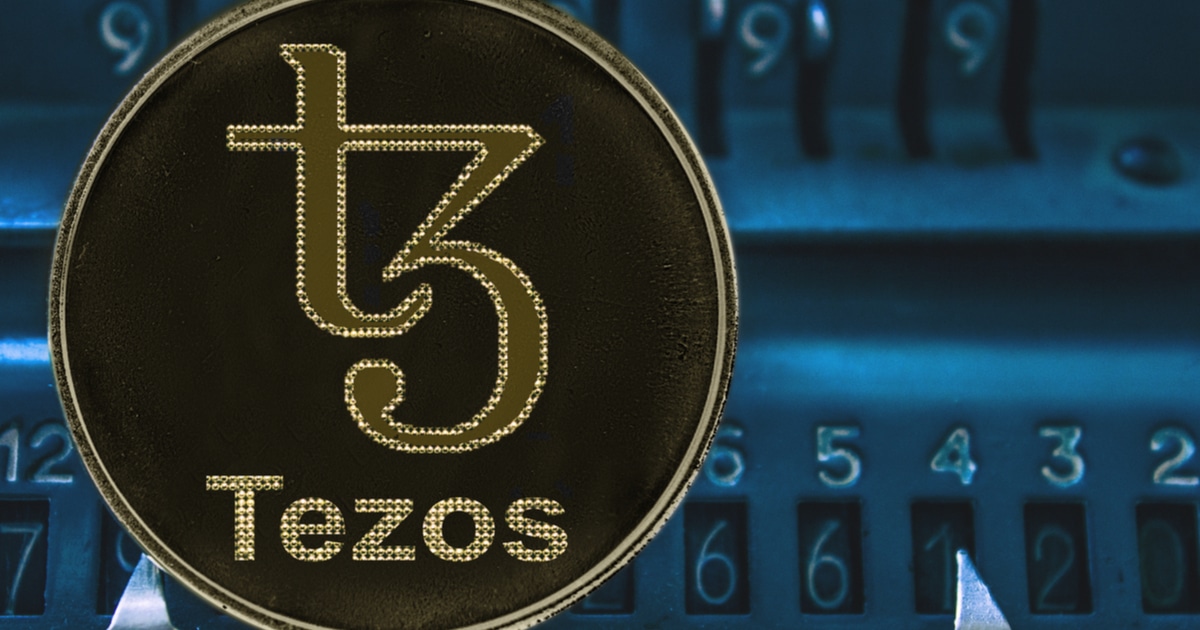 | There is often quite a lot of negativity on the concept of technical analysis (TA) and daytrading. However, there is a reason why there are professional traders whose jobs is to look at charts. This post aims to give a summary of basic concepts to new traders who would like to explore this field of cryptocurrencies. Here we go! What the hell is technical analysis (TA)?its definition is as follows: " Technical analysis is the study of statistical trends, collected from historical price and volume data, to identify opportunities for trade. Technical analysts observe patterns of price movements, trading signal and other analytical tools to evaluate the strength and weakness of an asset. " But why would it work? A chart of prices and volume represents all the past decisions taken by market participants (buying and selling). This information will, in turn, affect future participant decisions in two ways:
Chart-analysis basicsTrends The following figure shows the 3 (main) possible scenarios:
Resistance and support The price basically never goes linearly up or down. It will face resistance or support:
The following figure shows these terms: Importantly: When the resistance level is broken it usually becomes a support level and vice versa. Chart-analysis advanced techniquesOHLC (Open-High-Low-Close) Charts: These charts display bars that are known as ‘candlesticks’. A candlestick's shape varies based on the relationship between the day's high, low, opening and closing prices.
The following figure shows an example: OHLC Charts (left: bullish candle. right: bearish candle) Bollinger bands: Bollinger Bands display a graphical band (the envelope) with a simple moving average in the middle. The width of the envelope expresses the volatility. A higher volatility means that the asset can potentially fluctuate rapidly within a larger range of value. The following figure shows these bollinger bands: Bollinger bands. Upper, middle and lower bands MACD (Moving Average Convergence Divergence): Moving Average Convergence Divergence (or MACD) is a trend following indicator that looks at the combination of two moving averages:
These two moving averages are combined to identify what is the current trend and if there is a change in the momentum. The MACD lines displayed below can be interpreted as follows:
The following figure shows an example: Moving Average Convergence Divergence (MACD) example That's it for today.. there are countless other trading strategies and techniques but the post would be too long.. I hope that this teaches new traders some of the basics of technical analysis and daytrading! (Credit to SwissBorg Educational Blog) Have an amazing day and see you on the charts! [link] [comments] |

You can get bonuses upto $100 FREE BONUS when you:
💰 Install these recommended apps:
💲 SocialGood - 100% Crypto Back on Everyday Shopping
💲 xPortal - The DeFi For The Next Billion
💲 CryptoTab Browser - Lightweight, fast, and ready to mine!
💰 Register on these recommended exchanges:
🟡 Binance🟡 Bitfinex🟡 Bitmart🟡 Bittrex🟡 Bitget
🟡 CoinEx🟡 Crypto.com🟡 Gate.io🟡 Huobi🟡 Kucoin.















Comments